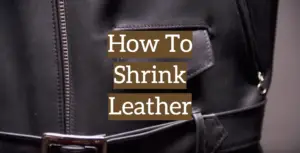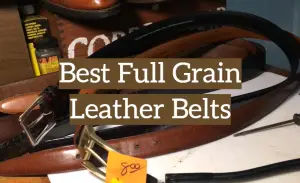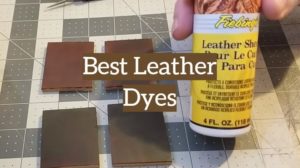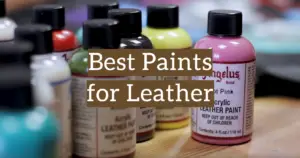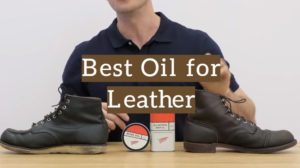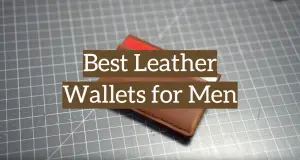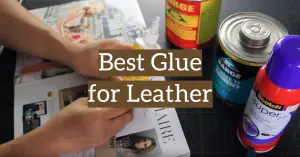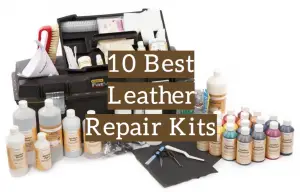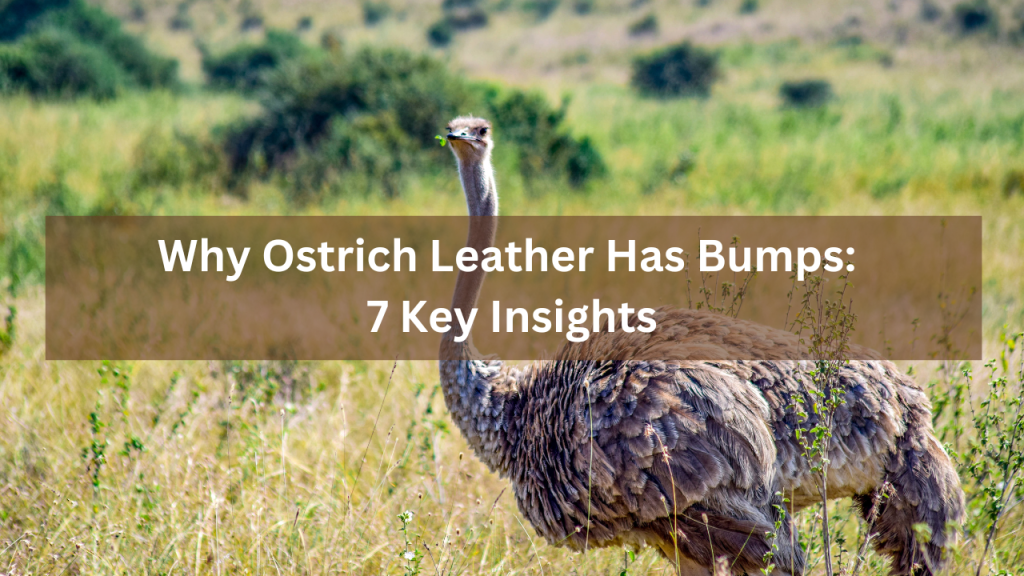
Ostrich leather, with its unmistakable bumps and luxurious feel, has piqued the interest of both designers and consumers around the world. This leather, known for its durability and exotic beauty, stands apart from other leathers, primarily due to the unique follicles that once held the bird’s feathers. Let’s embark on a journey to uncover the mysteries behind these bumps and further explore the myriad benefits of this luxurious material.
| Feature | Description |
|---|---|
| Origin | Ostrich skin, primarily from its back. |
| Distinctive Features | Bumpy texture from feather follicles (quill sockets). |
| Appearance | Pronounced bumps (quills) amidst a smooth surface. |
| Evolution of Bumps | Bumps appear as the ostrich matures, becoming more pronounced with each molting cycle until about 9-10 years of age. |
| Function of Bumps | Assist in temperature regulation by secreting oils and acting as insulating agents. They also help ostriches maintain balance during sprints and defensive actions. |
| Crafting Process | Tanneries use dyeing and embossing to achieve the desired look. Authentic ostrich leather retains its porous texture. |
| Strength & Durability | Due to a honeycomb pattern in its fibers, it’s highly durable. |
| Weather-Resilience | Its natural oils make it water-resistant and less prone to staining. |
| Flexibility & Comfort | It becomes softer over time, making products more comfortable. Its porous nature ensures breathability. |
| Appeal | Timeless due to its unique texture, durability, and versatility. |
Why Does Ostrich Leather Have Bumps?
Why does ostrich leather have bumps? Ostrich leather features bumps due to the feather follicles where the ostrich’s feathers once grew. These bumps not only grant the leather its distinctive appearance but also signify the leather’s authenticity, revealing its exotic origin and making it a sought-after material in luxury products.
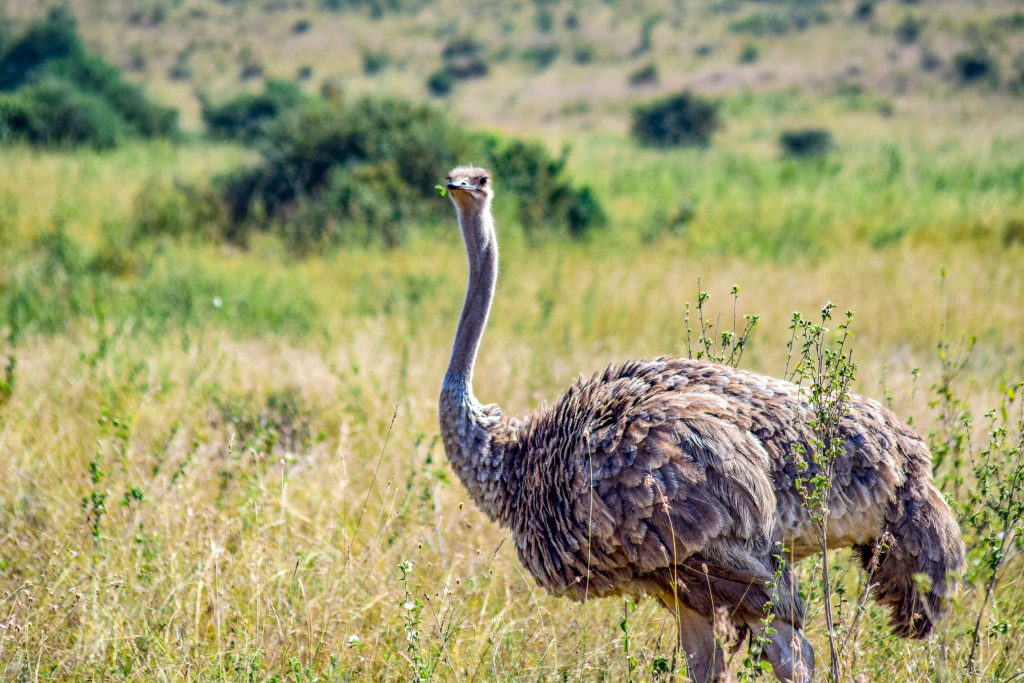
A Closer Look at Ostrich Leather Bumps
The Evolution of Ostrich Skin Bumps
From birth, ostriches possess a smooth skin devoid of the distinctive bumps or quills. These bumps only start to appear as the ostrich matures, with the texture becoming more pronounced when they approach sexual maturity. The bumps, which are follicles, serve as anchor points for the bird’s feathers.
The molting process in ostriches is cyclical. They undergo this transformative period every two years, especially during the mating season. With each cycle, the quills become more pronounced, contributing to the leather’s distinctive texture. As the bird matures, reaching between nine and ten years of age, they gradually cease this molting process.
The Functional Role of Bumps in Temperature Regulation
While these bumps or follicles add to the leather’s aesthetic appeal, they also play a crucial physiological role for the ostrich. Ostriches, being the largest birds on Earth, produce a significant amount of body heat. To manage this, they’ve evolved several mechanisms, one of which involves these bumps.
Beneath these follicles, ostriches have specialized glands that secrete oils. These oils, combined with the air pockets within the follicles, act as insulating agents. This not only aids in cooling the ostrich down but also ensures that they can easily sweat through their skin, thus maintaining an optimal body temperature.
Furthermore, these bumps are versatile. Ostriches, although flightless, can reach speeds up to 43 mph. The follicles assist in maintaining balance during such sprints, turning circles when kicking, and provide defense against potential threats.
Crafting Process: Transforming Ostrich Skin into Leather
The journey from raw ostrich hide to a finished leather product is intricate. To achieve the final look of ostrich leather, tanneries go through several steps. One common method is dyeing, which, while adding color, can compromise durability. Embossing the leather to replicate the natural texture of the ostrich is another technique. This process ensures durability but tends to be pricier due to the complexity involved.
The quill pore holes, which give ostrich leather its iconic bumpy texture, are often left unfilled. Some manufacturers might opt to fill these pores to achieve a smoother finish, but authentic ostrich leather retains its porous texture, distinguishing it from less genuine counterparts.
Beyond Aesthetics: The Outstanding Benefits of Ostrich Leather
Strength and Durability
At a microscopic level, ostrich leather exhibits a honeycomb pattern in its underlying fibers. This unique structure, distinct from the flat grain seen in other leathers, gives ostrich leather an edge in durability. With the capability to withstand wear and tear, it’s a top choice for long-lasting products.
Weather-Resilience
The natural oils within ostrich leather confer water-resistance to the material, making it an ideal choice for varied climatic conditions. Furthermore, its inherent oiliness means it doesn’t absorb stains readily, easing the cleaning process.
Flexibility and Comfort
Unlike other leathers that may become rigid over time, ostrich leather ages like fine wine. It softens, ensuring that products like bags and shoes become more comfortable with time. Additionally, its porous nature allows for breathability, ensuring the material doesn’t overheat in extreme temperatures.
A Timeless Appeal
Given its strength, flexibility, and unique texture, ostrich leather has a timeless appeal. Whether incorporated into daily essentials or donned as a fashion statement, its allure remains unparalleled.
With its distinctive bumps, unparalleled durability, and versatility, ostrich leather continues to be a preferred choice for those seeking both functionality and luxury. As more consumers become aware of its benefits, ostrich leather’s prominence in the world of high-end fashion and accessories is set to rise even further.

